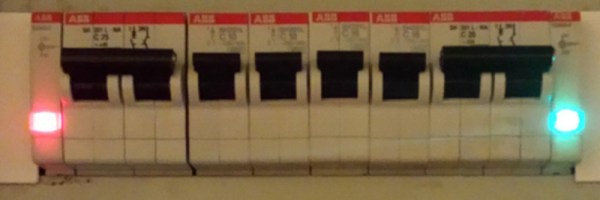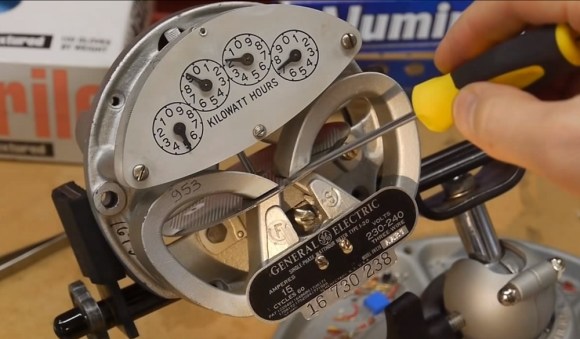There are a lot of ways to measure energy usage in the home, but most of them involve handling mains voltage. Not only that, but sometimes they require handling mains voltage before it gets through a breaker panel or fuse box, meaning that if you make a mistake there are a lot of bad things that can happen. [Yonas] has been working on this problem, and has come up with a non-invasive, safer way to monitor electricity consumption without having to work directly on live wires.
Please note that you should still not be working on mains voltage without proper training, but if you have the required know-how then the installation should be pretty straightforward. The project is based on the Spark Core, and uses clamp-on current sensors to measure energy use. The sensors wrap around the mains cable, meaning you don’t have to disconnect anything to hook them up. The backend runs on a LAMP server which could be a Raspberry Pi if you have one. [Yonas] runs it on a hosted server as a matter of preference.
All of the source code for this is available, and assuming you can get your hands on the current sensors this could be a great way to get started monitoring your energy usage in the house. Be sure to check out the video below for a demonstration of the operation of this device. Of course, if you have a gas line you’ll need this energy monitoring setup too.












